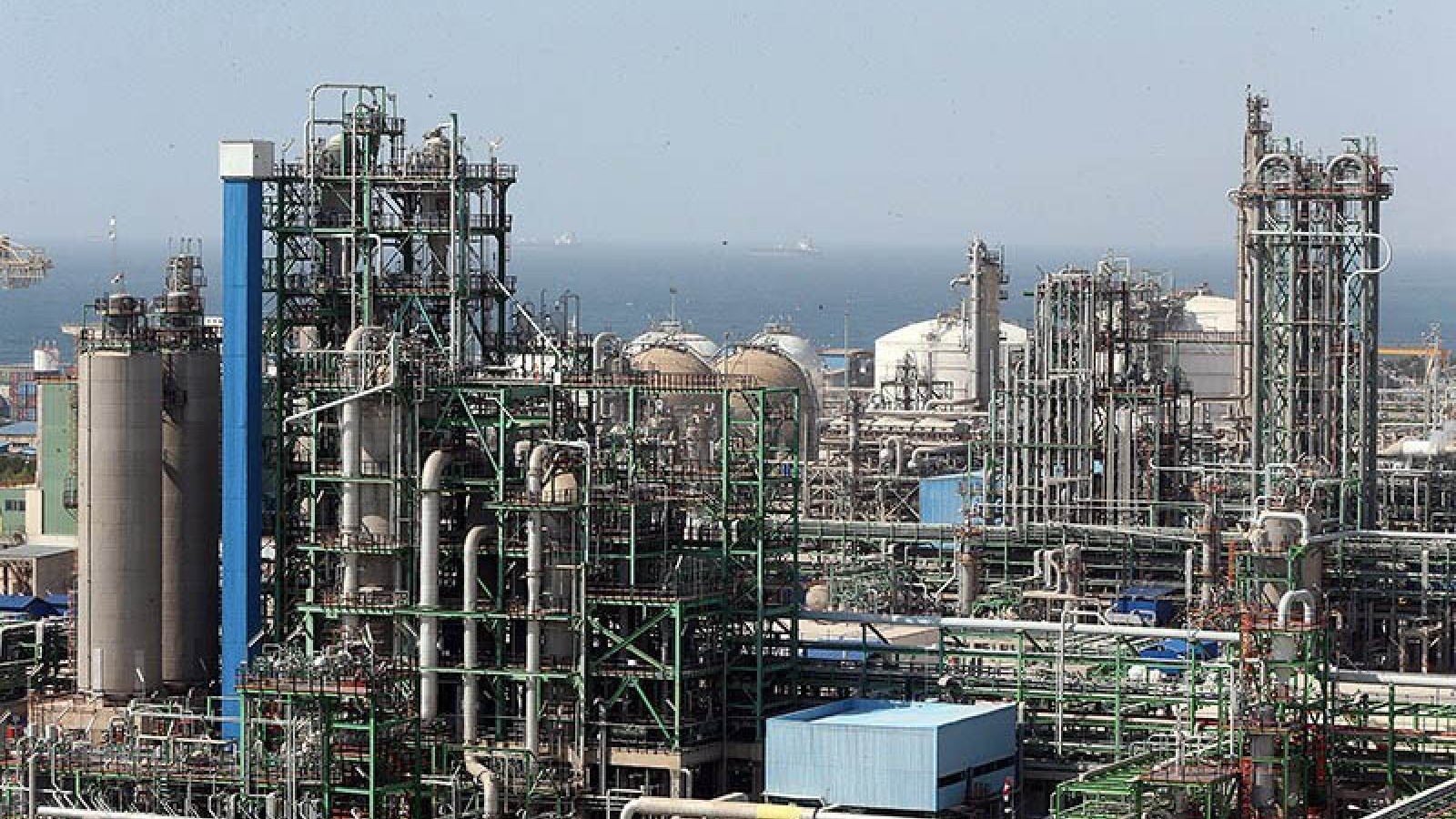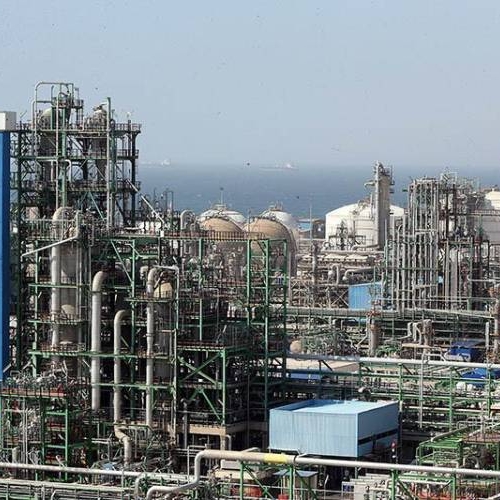Oil Revenues of Iran During the Pahlavi Era

Oil
Oil revenues played a key role in Iran's economy during the Pahlavi era, particularly during the reign of Mohammad Reza Shah, when revenues experienced significant growth
Oil Revenues of Iran During the Pahlavi Era
Oil revenues played a key role in Iran's economy during the Pahlavi era, particularly during the reign of Mohammad Reza Shah, when revenues experienced significant growth. Below is an overview of the rise in revenues and oil exports during this period:
1. 1950s:
In this decade, after signing the consortium agreement with international oil companies, Iran's oil revenues began to grow. The country received approximately 50% of the profits from oil sales.
Oil Revenue: Around $300 to $400 million annually.
Oil Exports: On average, oil production was between 1 to 2 million barrels per day (bpd).
2. 1960s:
During this period, oil production and exports increased, and oil prices gradually rose. This growth in oil revenues contributed to further economic development.
Oil Revenue: By the late 1960s, annual revenue had reached approximately $900 million to $1 billion.
Oil Exports: Oil production reached about 2.5 to 3 million barrels per day.
3. 1970s:
This decade saw a dramatic rise in Iran’s oil revenues, especially after the 1973 oil crisis, which led to a fourfold increase in global oil prices.
Oil Revenue:
1972:
Around $2 billion.
1973:
Following the price increase, revenues surged to approximately $5.6 billion.
1974:
Revenues soared to about $20 billion.
1976:
Iran's oil revenues exceeded $25 billion annually.
Oil Exports: Oil production during this decade ranged between 5 to 6 million barrels per day.
4. Late 1970s (Before the 1979 Uprising):
In the final years before the 1979 Uprising, due to internal unrest, oil production slightly decreased, but Iran’s oil revenues remained high.
Oil Revenue: Around $20 to $24 billion in 1977 and 1978.
Oil Exports: Oil production decreased to around 5 million barrels per day.
Conclusion:
Iran's oil revenues during the Pahlavi era, especially in the 1970s, were a crucial driver of the country's economic and military development. These revenues allowed Iran to invest in major infrastructure projects and strengthen its role in the global oil market.
